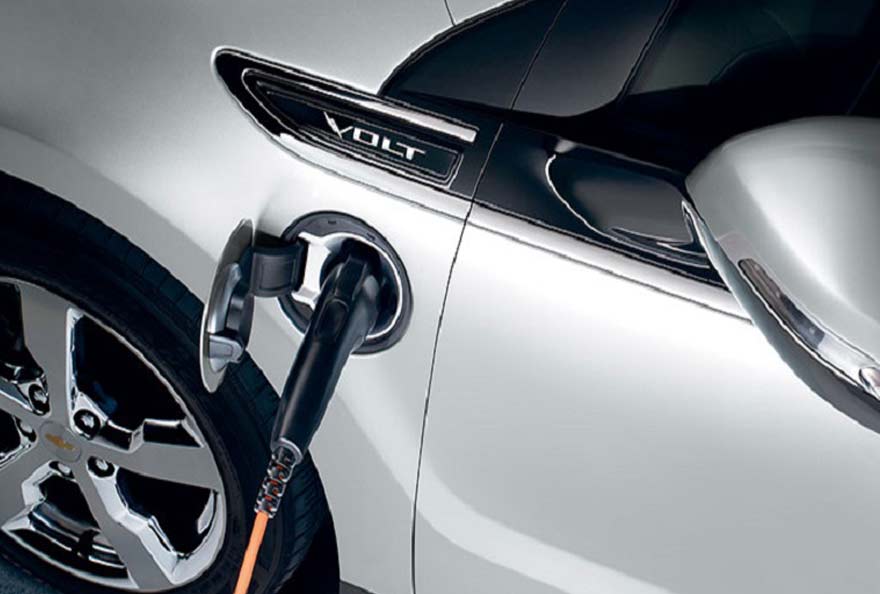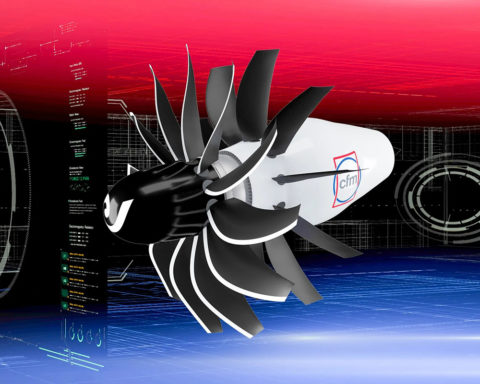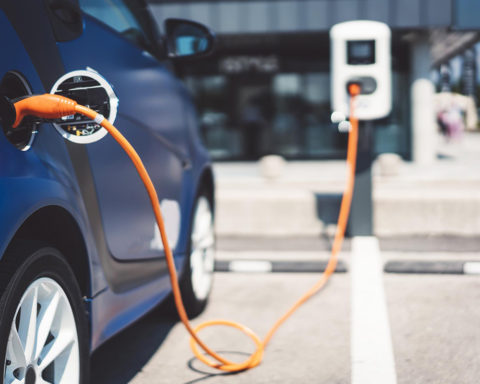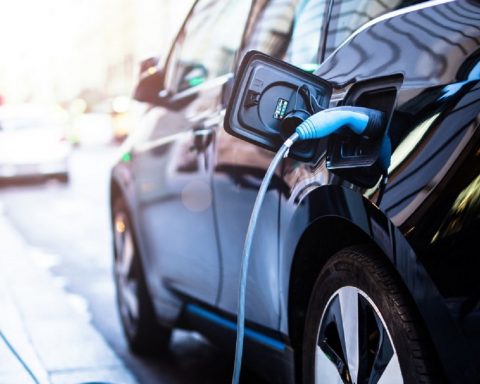A few weeks ago, in early June, the annual World Renewable Energy Outlook (see report) s report showed that, for the first time, installed renewable power capacity in 2016 exceeded new fossil fuel generation capacity, with 161 GW installed. In total, the world now has more than 2,000 GW of renewable power, which represents almost a quarter of the world's electricity production.
Bloomberg New Energy Finance (BNEF) forecasts a decrease in the cost of solar energy by 66%, onshore wind by 47% and offshore wind by 71% by 2040. This very serious institute also points out that the average cost of producing photovoltaic electricity has been divided by four in the last 10 years.
IRENA, the International Institute for Renewable Energies, confirms this shift and estimates that, by 2025, average electricity costs could decrease by 59 % for photovoltaic solar energy, 35 % for offshore wind and 26 % for onshore wind, compared to 2015. The price of electricity from concentrated solar power could also decrease by up to 43 %, depending on the technology used. As a result of this technological and financial development, the average cost of electricity from solar photovoltaic and onshore wind power is expected to fall to less than 6 cents (US dollar) per kilowatt-hour in 2025, a more competitive level than that of fossil fuels.
One of the positive consequences of this energy transition is that CO2 emissions from the global power system are expected to peak in 2025, before starting to decline steadily. This will contribute to a decrease in global warming. But this undeniable effort will unfortunately remain insufficient because, according to most experts, an additional 3,900 gigawatts of renewable energy would have to be installed by 2040 to have a good chance of containing global warming to less than two degrees by 2100.
This ever-increasing growth in renewable energies will not be enough to bring about a sufficiently strong and rapid decrease in human CO2 emissions if, at the same time, new and powerful means of energy storage are not implemented to compensate for the intermittent nature of these clean energies. These include, of course, the clean production of hydrogen, which can then be reconverted into electricity to limit excessive tensions between energy supply and demand. But many studies also foresee a strong development of lithium-ion batteries specifically dedicated to the energy storage of electricity from solar or wind power. According to the latest report by Bloomberg New Energy Finance, this technology could provide up to 57 % of electricity storage worldwide by 2040.
But what is less well known is that the batteries in electric vehicles will most likely play a decisive role in ensuring the balance of energy distribution networks. Intelligent recharging of electric vehicles with surplus electricity produced by green energy can, in the long term, make a powerful contribution to the real-time regulation of fluctuations in global electricity production and consumption. This is all the more important as the rise of the electric vehicle is expected to reduce the cost of lithium-ion batteries by 73% by 2030.
Among the key factors that will transform electric vehicles into energy storage and smoothing units is the much longer than expected lifetime of the new generations of lithium-ion batteries. Tests carried out between Los Angeles and Las Vegas for two years by the company Tesloop, which uses only high-performance Tesla electric cars, have in fact made it possible to cover 450,000 kilometres, or about 730 kilometres per day on average (the LA/LV round trip is 860 kilometres). As a result, after 320,000 km travelled, the battery of this Tesloop 94% vehicle still had some of its initial storage capacity left, whereas theoretical studies had predicted that this loss of 6% of charging capacity would be reached as early as 200,000 km .
These impressive results show that the famous belief that the electric car is only suitable for small urban journeys must undoubtedly be challenged. These performances also make it possible to predict that the overall cost per kilometre of A-EVs (autonomous electric cars) will be 10 times lower than that of conventional internal combustion cars within 5 years. It should also be remembered that a study carried out by RethinkX shows that the cost price per kilometre of a thermal Renault Twingo is currently 56 c€, compared with only 13 c€ per kilometre for a Tesla S!
Although, for the moment, the total number of clean vehicles represents only about 2 % of the world fleet, the market for electric cars has grown by 70 % per year on average in the world over the last three years. At this rate, which is expected to accelerate further in the coming years, the global fleet of electric cars could grow much faster than expected and reach 70 million units by 2025.
It should be remembered that the objective set by the Paris Conference (COP 21) at the end of 2015 is to have 600 million electric cars on the roads by 2040 (i.e. one car in three), in order to limit global warming to less than 2°C compared to 1990. To manage the simultaneous recharging of these millions of electric vehicles, a breakthrough innovation is needed and it is already at work. This is the so-called "V2G" (Vehicle to Grid) technology. The idea is quite simple in appearance: an electric vehicle remains unused for 95 % of its lifetime and very rarely uses more than 80 % of its battery capacity. Therefore, why not use and return this unused energy to the grid?
In this bidirectional, interactive and intelligent energy management, an electric vehicle can successively switch from being an energy consuming unit (when it is recharging) to being a producing unit (when it injects some of the energy it has in its batteries into the grid). Of course, this permanent changeover is completely transparent to the user and does not require any intervention on his part.
This concept, which will shake up the energy market and accelerate the ongoing shift towards renewable energies, is already being tested in several developed countries by the main car manufacturers, who have understood the technological, industrial and social challenges involved in integrating this "Vehicle to Grid" system into the batteries of their electric models.
The Japanese giant Nissan has just signed a partnership agreement with the Italian energy supplier ENEL on this technology. As part of this cooperation, experiments are planned in Northern Europe to assess the feasibility of reinjecting the energy stored in the batteries of the latest Nissan Leaf cars into the network via a bi-directional terminal.
For Paul Willcox, President of Nissan Europe, the electric vehicle should no longer be seen as a simple means of transport but also as a real tool at the service of national electrical systems in Europe. Ernesto Ciorra, Director of Innovation and Sustainable Development of the ENEL Group, emphasizes that the electric vehicle is set to become the keystone of the energy market. He says he is absolutely convinced that in a few years time, every owner of an electric vehicle will get used to being paid for the sale of his energy and will also make substantial savings by directly using the energy stored in its very long-life batteries to power his home.
In Japan, the V2H system has already been in existence for 5 years and allows individuals to feed electricity back into the power grid or to power their homes through the vehicle-to-home (V2H) system. In the Netherlands, an initiative has been launched in the city of Utrecht and according to Nissan Europe, V2G could bring in up to 1400 euros for owners of equipped vehicles.
A few weeks ago, Renault, in association with Powervault, also announced an experiment that will start at the beginning of July in Great Britain, aimed at generalizing domestic energy storage systems. The French carmaker is thus continuing to develop its global strategy aimed at offering its customers a totally rethought and "eco-responsible" travel offer.
In concrete terms, Renault and Powervault will offer 50 units consisting of second-life batteries free of charge for one year to customer residences already equipped with solar panels. The proposed storage systems can both store electricity produced by solar panels and store electricity from the conventional grid during off-peak hours. This experiment will make it possible to evaluate the real performance of these recycled batteries and to observe the attitude of users in the management of their domestic energy.
The fact remains that this extremely promising concept of the V2G (Vehicle-To-Grid) faces several major technical difficulties and is not easy to implement on a large scale, why? Firstly, because it can reduce battery life if not planned wisely. Secondly, because there is currently no system to regulate the removal of electricity from the batteries of electric cars.
A team from the British University of Warwick may have found the solution to remove these obstacles. They have developed an algorithm that can both increase the life of a Li-ion battery by 10 % and determine the amount of energy to be drawn from it, based on the requirements for the journey ahead. These English scientists tested their system on their university campus. They were able to show that it was possible, with only 120 electric vehicles, to supply energy to a building housing 360 researchers, including laboratories, offices and a 100-seat auditorium. The Warwick researchers believe their algorithm could accelerate the deployment of renewable energy, while further increasing the already remarkable longevity of the new generations of batteries in electric vehicles.
While for more than a century the energy needs associated with the development of transport and those associated with the operation of residential and office buildings have identified separate energy issues, this technological and economic frontier is being broken down. Within less than 20 years, cars, homes and office buildings will be integrated into a single energy and information continuum that will count and network, via the Internet of Things, tens of billions of energy units that produce, consume and transform energy.
This major revolution will enable an unprecedented gain in the efficiency of our energy systems, a considerable reduction in losses between energy produced and final energy consumed. This technological breakthrough will also make it possible to switch over faster than expected to a world that is finally decarbonised, which will no longer need to resort to fossil fuels to meet the legitimate needs of its 10 billion inhabitants. It is now up to our political leaders to take the full measure of this extraordinary technological, economic and social revolution that is on the horizon and to show unfailing determination to prepare for a future in which the use of energy will no longer be in opposition to nature, will be part of an ecological framework and will return to its human scale.
René TREGOUET, Honorary Senator - Founder of the Senate Foresight Group
Courtesy of the author - Article originally published in RT Flash
Login
0 Comments
Inline Feedbacks
View all comments












